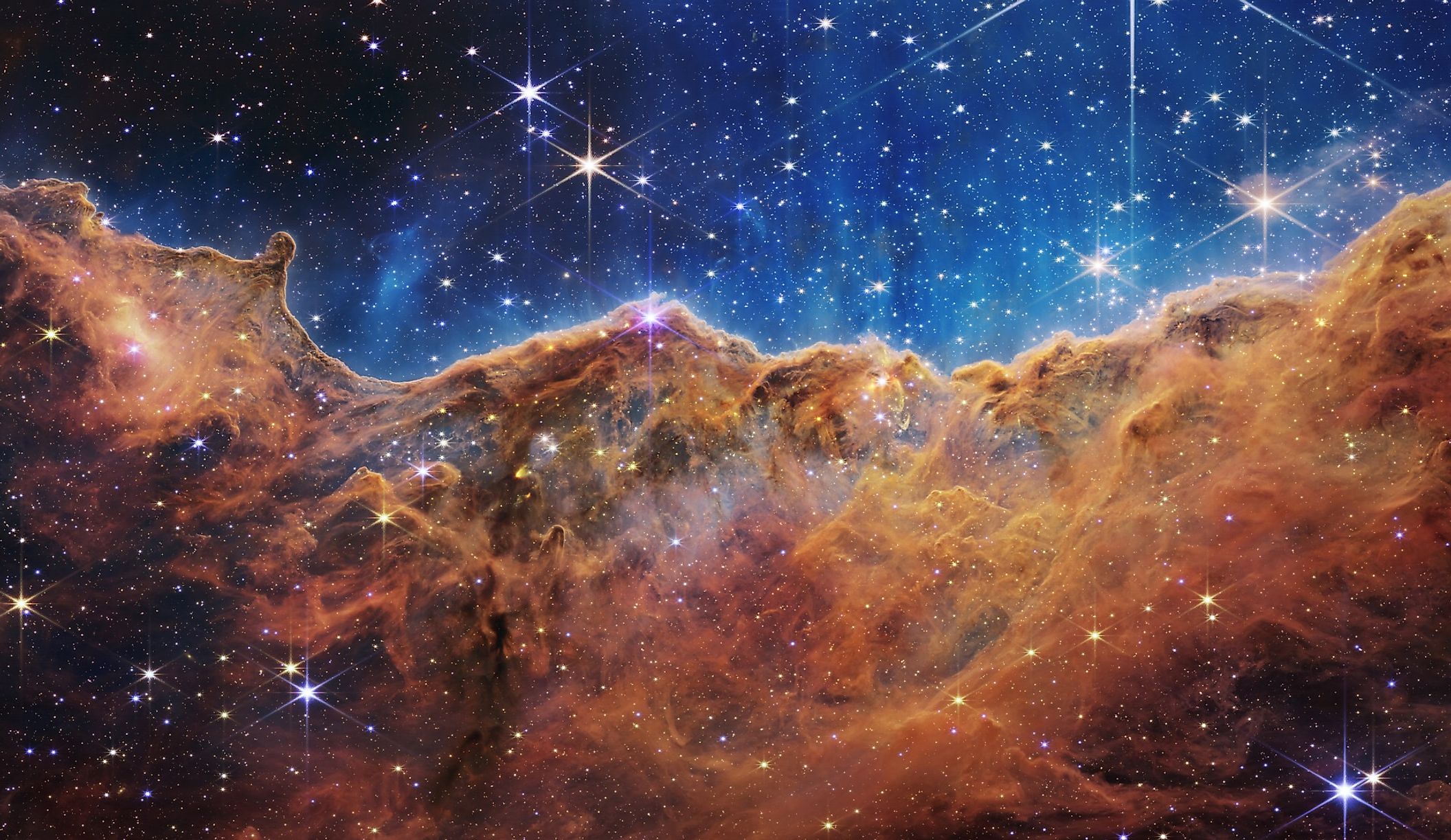In the most recent photos from the JWST, scientists saw something peculiar occurring in a distant galaxy that wasn’t there when Hubble previously studied the same galaxy. Astrophysicist Mike Engesser STScI tells SpaceXMania, “We think it’s a supernova.” Supernova detection is not what JWST was intended to perform.
And this one might make it possible to observe the final moments of the first generations of massive stars in the universe. The bright object may be the first supernova discovered by the JWST, according to Engesser and his colleagues. For one thing, it’s very brilliant in contrast to the remainder of the galaxy. And five days apart, JWST found the galaxy SDSS.J141930.11+5251593 twice; during that time, the object faded somewhat, which is characteristic of a supernova.
Engesser believes that while additional time series data are needed before a conclusion can be reached, the data that is now available “does resemble that from a supernova, therefore it’s a very excellent candidate.”
Scientists are observing the slowly disappearing light of an outburst that occurred 3–4 billion years ago since the galaxy, whose awkward astronomical name we won’t repeat, is between 3 and 4B light years distant. A star dies in a split second, but the fireball that results grows and becomes brighter over the course of days before slowly dissipating over the course of the following months. In terms of astronomical time, that’s a mere blink of an eye, thus Webb’s chance discovery of this supernova just after its intensity peak is pure luck.
“It’s particularly interesting since we’ve shown that Webb can identify and detect new transients, something JWST was not planned to accomplish,” adds Engesser. But it’s an example of what we’re demonstrating, in a somewhat impromptu manner, that we’re capable of.
What’s Next? Despite its versatility, the Webb telescope is not the kind that astronomers generally employ to look for transient events like supernovae. The majority of the time, that task is carried out by terrestrial telescopes, which picture large areas of the sky each night.
While Webb probes smaller areas of the sky at a much, much deeper level. A grain of sand placed at arm’s length could fill the whole sky in the first deep-field picture produced by the telescope on July 12.
Every few nights, photographs of the same expansive regions of the sky are captured by Earth-based telescopes that typically search for supernovae. Every fresh picture is compared to earlier photos of the same region by their data processing software to check for any potential changes.
Engesser and his coworker used space telescopes to do a similar comparison between fresh data from the NIRCam sensor on the Webb space telescope and Hubble photos of the same region. They used algorithms to search for any discrepancies that may indicate “transients,” or things that emerge, disappear, brighten, or fade on a timeframe that is truly visible in real-time.
The crew discovered the supernova in this manner. They also used it to find a supernova that blazed up in 2013. The 2013 EJ fireball was well-known to astronomers, but most telescopes were unable to observe it because of how much its once-bright flare dimmed over time.
“There are many unanswered issues about this specific object, like what kind of supernova it was, its atmosphere, and how dusty it is. It seems to be rather dusty, “affirms Engesser.
Astronomers seldom witness supernovae in their later phases since they typically fade over a few months. However, these latter stages would provide additional information about the sort of star that burst and the mechanics of that stellar explosions. The aftereffects of supernovae like 2013 EJ may be simpler to monitor even many years later because of Webb’s comprehensive understanding of the cosmos.
Source: INVERSE

